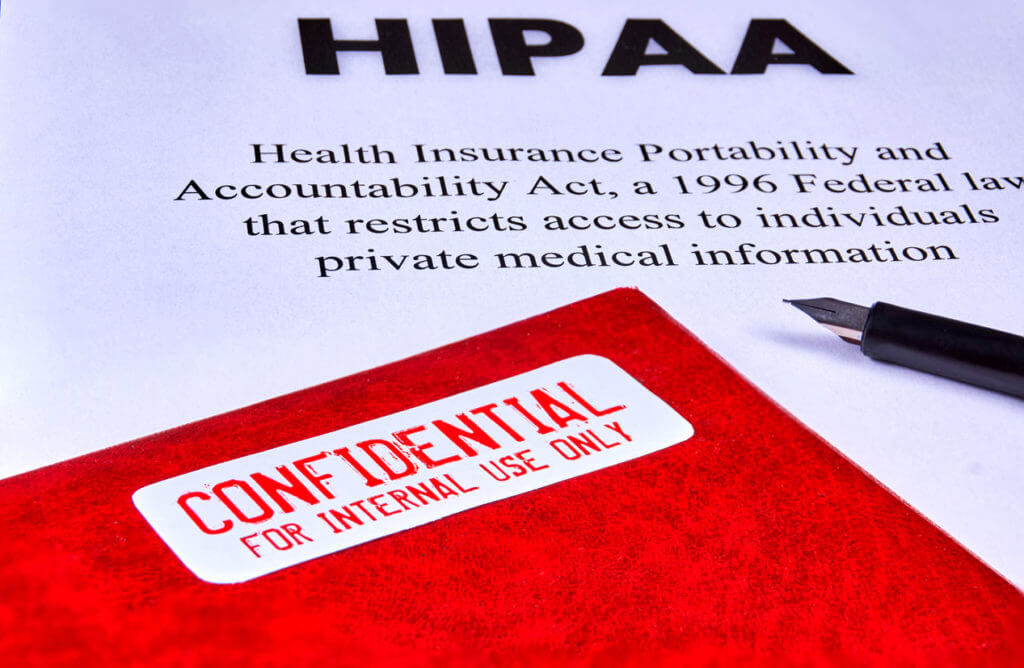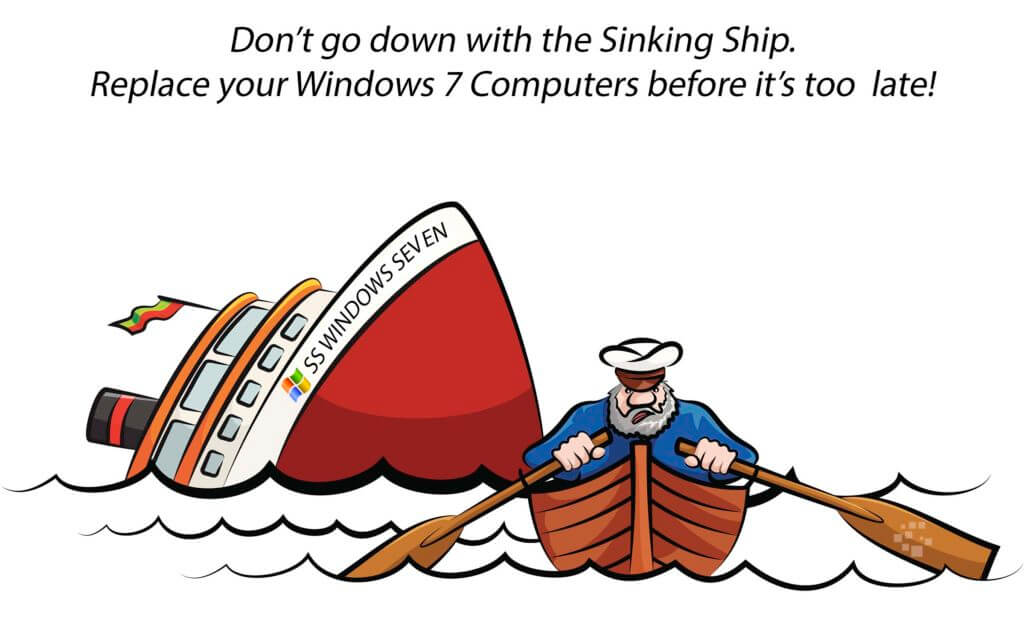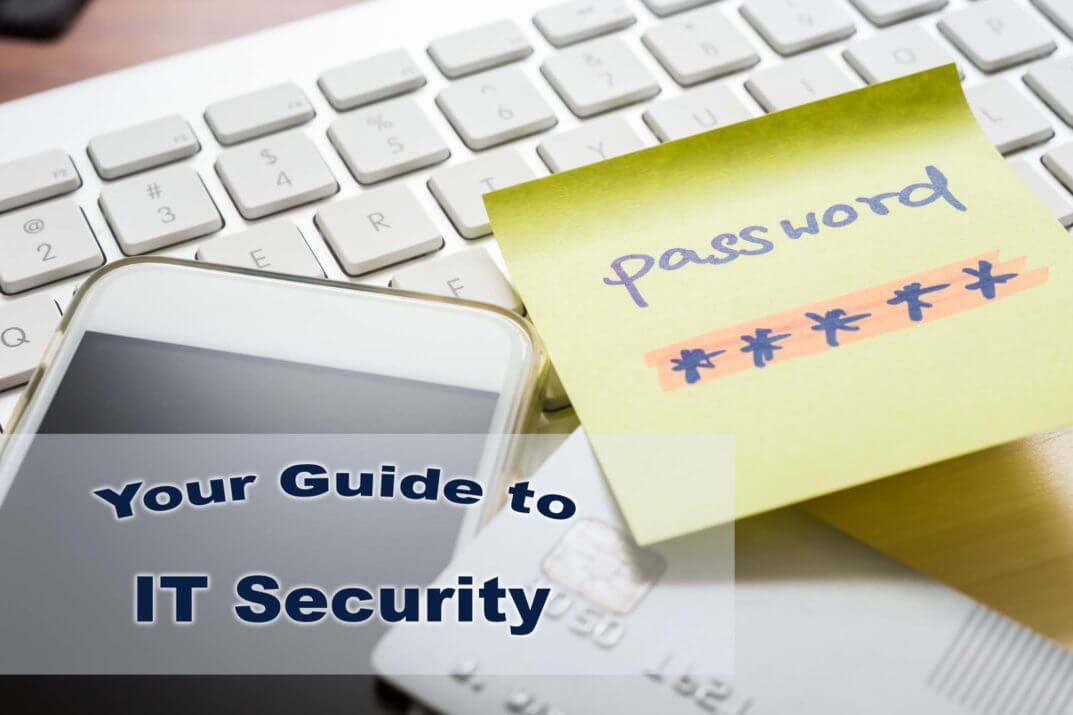Not sure if your business’s IT security is in good shape? Then you’re in the right place, because today we’re talking tips for creating a secure computer system- with a guide to IT security.
Unfortunately, cyber-crime is common in today’s world. We’re aware of what cyber-criminals are capable of. Yet, many companies still don’t put security at the forefront of their IT efforts. This is in despite of concrete evidence that preventative measures save money, headaches, and downtime in the long run.
We hope that as you read this article, you’ll take note of what your company’s strong points are, and which areas could use improvement. And if you have any questions along the way, don’t hesitate to drop us a line.
1. Data Security
Most (if not all) of a business’s vital data is stored on its IT system. Thus, Criminals are constantly adapting strategies to steal this data and/or hold it ransom. As a result, a strategic data security plan is necessary.
The Cloud & Your Data
The Cloud is a storage space that uses the Internet rather than your computer’s hard drive. Uploading data to the Cloud introduces an extra level of IT security. Not only is the data password protected, but advanced measures are can be applied additionally. These include:
- Enhanced Firewalls
- Intrusion Detection
- Data Encryption
Office 365 and Azure are great programs for business cloud computing. Both programs create the ability to share info via safe and secure online networks. Additionally, Office 365 increases workplace connectivity that spans far beyond the office.
HIPAA Security Compliance
In order to be HIPAA compliant, patient data must be electronically stored and protected using proper safeguards. IT security management ensures that a business is fulfilling all HIPAA guidelines.

Two Factor Authentication
Multi-factor authentication login methods allow access after correctly presenting two or more pieces of identification. Two factor authentication is an option on many login platforms. So, ensuring that your employees use two factor authentications when able creates an added barrier against cyber criminals.
VPN and IT Security
Many employees have the freedom to work remotely. IT security problems can arise when employees retrieve company data from a public Wi-Fi network. A VPN (Virtual Private Network) allows employees to make secure, private connections to a company network. Think of a VPN as a castle’s moat, defending your internet connection from cyber-crime.

2. Employees and IT Security
47 percent of business leaders said their companies had experienced data breaches due to human error (Source: CNBC). For large companies, data breaches can be damaging. For smaller businesses, the costs can be fatal. Your employees are the front lines of your IT security – and it’s important that they’re properly equipped.
Password Security
One of the biggest mistakes that employees can make is improper password security and maintenance. Passwords need to be long, unique, and different across platforms. Passwords must also be changed frequently.
Phishing Attacks
Some of the most common cyber-threats are phishing attacks. Phishing is an attempt to steal personal information such as usernames, passwords, and credit card information by disguising as a known and trustworthy source. The best way of stopping a phisher is by recognizing the signs, including misspelled emails, unnecessary outbound links, or unwarranted sense of emergency.

Local Admin Rights
Furthermore, limiting local admin rights is an effective way of managing your network’s security. Taking the small step of going through your IT support provider to make system changes helps block viruses, ransomware, and installation of unauthorized software and malware. Ultimately, you’re saving your business from excess downtime.
Internet Filtering
Internet filtering is another simple step in controlling IT security. Websites may contain viruses and malware. Therefor, by monitoring and blocking certain pages on your network, you can prevent malicious websites from affecting your IT system.
Mobile Device Management
Mobile device management is a key tool in the fight against technology breaches. Thankfully, there are many ways to keep your company safe when its data walks out the door. Mobile management can include enforcing password requirements in case devices end up in the wrong hands, tracking lost or stolen devices, and even wiping data from missing devices remotely.
IT Security Training
Because of your employees’ roles in system security, your IT security strategy should include cyber-security training. Training your staff to spot the signs of phishing attacks and other cyber threats can make all the difference in your systems overall IT defense.
3. Hardware and Software Security
A lack of hardware and software maintenance can cause a bigger threat to your IT security than you may think.
Software Maintenance
It’s important to keep your software (and hardware) up to date. If software isn’t updated with new security patches, holes can form in your system’s security defense.
For example, Windows 7 operating system is no longer being maintained by Microsoft. For this reason, those who haven’t upgraded to Windows 10 are opening their system to increased IT security risks.

An IT provider can manage your hardware and software for you, so that you know your system is continuously updated and working its best.
Tip: For security reasons and beyond – you should replace your business computers every five years.
Firewall
In short, a firewall is a filtering mechanism that sifts through incoming and outgoing network traffic. Its job is to eliminate unwanted network communications. There are many different types of firewalls and adaptable settings. Successfully building your business’s firewall creates an essential layer of IT security.
Secure Data Destruction and Recycling
When it comes time to decommission a piece of hardware, most people complete a factory-reset which wipes data from all applications. However, that data will still live on the hard drive.
The next step in secure data destruction will depend on what you wish to do with the hardware afterwards. If you’d like to recommission the device, you’ll want to choose an overwriting method that keeps the drive intact. alternatively, If you’re opting to retire the device for good, then a method like degaussing is a quick and effective way to ensure data destruction. Degaussing, which destroys data using high-power magnets, also comes with a certificate of destruction.
Conclusion
Unfortunately, the topic of IT security often goes neglected. Yet, there are many simple steps to ensure a more secure IT system.
Rather than just putting out fires when problems occur, we implement a managed approach to your system that emphasizes IT security. In doing so, we commit to providing you with a strong, safe, and secure foundation to build your business on.
Ready to secure your IT system? Connect with Glassen team member today: Let’s chat!
Interested in learning more about managed IT services? Visit our guide: Are Managed IT Support and Services Right for You?

